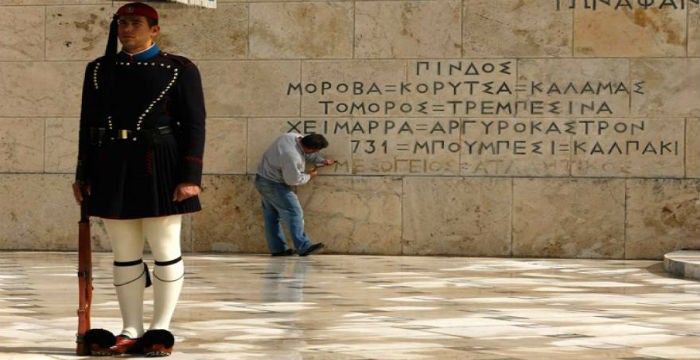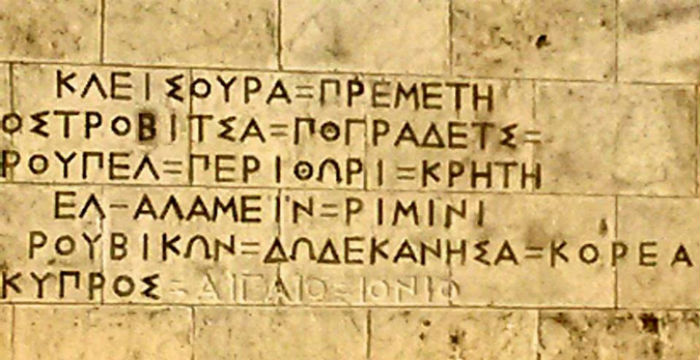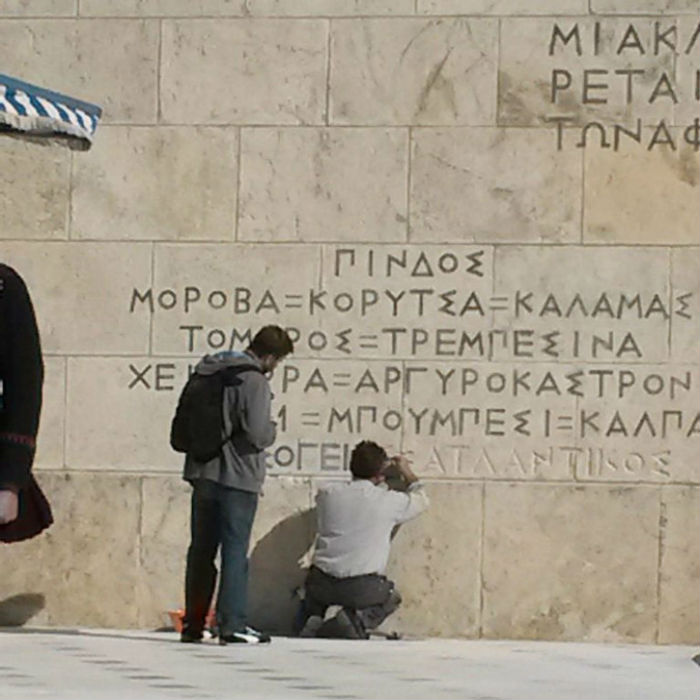At 7/3/2015, in AUTH was in the context of Archaeological Meeting the presentation of the Mrs. Chrysanthaki for the coins of ancient Amphipolis.
Ms. Chrysanthaki, digital publishing program mentioned in excavation of coins from Ancient Macedonia, with the inclusion of a set of coins from the Ancient City of Amphipolis.
In the context of this cooperation took place maintenance, recording and study 500 coins found during excavations conducted by the archaeological society of Athens under the direction of d. Lazaridis and Taxman Antiquities Kavalas.
The maintenance of the currencies of the program conducted by the art Conservator and Helen Kotoula in archaeological museum of Amphipolis from March to August 2013.
The announcement of Mrs. Chrysanthaki aimed to enrich our knowledge about the monetary circulation of this important city and to answer questions related to history, the topography and the settlement organisation of Amphipolis by the establishment of the Athenian colony as the end of antiquity.
The coins that were selected to be included in the program come from different sectors of the city anaskafikoys, from the excavation of the d. Lazaridi, coins found in strong outer fortification, and more specifically by the northern wall and especially by the sections of walls of the columns (a), (B) and (c), from the Eastern wall near the gate e and South of this, and from the southern wall of the gate (d).
Also nomismatapoy were found in buildings earlier, modern, and later the northern wall.
Also coins from the Acropolis, from the open-air sanctuary of Cybele's under dolls and a series of Roman tombs found East and West of the Eastern wall South of the internal fortification of the Citadel. And finally from the excavations of the former R Ephorate of coins from the building complexes in the portal area F of the Eastern wall and in a position where it has been suggested the placement of Heros of Brasidas.
The coins have been found in areas of the northern wall of Amphipolis whose stratigraphy was often disturbed because of habitation in and out of the North wall are not able at present to confirm or disprove the proposed dating of two initial phases of construction of the northern wall.
In the early phases associated with the Athenian general Agnonas and the long wall mentioned by Thucydides, After the establishment of the Athenian apokias, and the second related to the presence of Brasidas at Amphipolis and the completion of the Northern fortifications of the Spartan General integrating wood deck in the portal (c) between the 424-422 . The coins of the northern wall testify more various interventions and repairs on their posterior wall classical and Hellenistic times and operate buildings such as building 12 that has been built on destruction layers that have epikalypsei the original starting point of the portal and corresponding to the level of the adjacent to the gate a younger Hellenistic gate.
The buildings which have anaskaftei inside a portal such as building 12 belong to the newest phase for dating input which the testimony of the currencies of the building 12 is important. Going for bronze coins Amphipolis 4th century, Philippi, 4th century, Philip b and c Show whose dating to the second half of the 4th century coincides with the date of synepigrafis marble column that found inside the parakeimenoy building 9 -10 which has been built with the same layer of backfill of dwelling 12. This is the well-known home sale contract you still in local currency of Amphipolis and published the Miltiadis Chatzopoulos.
Problematic also remains dating earlier than the northern wall of buildings such as. the small shrine of female deity who began working before 437 and was identified from the d. Lazaridi with sacred Nymphs or Thesmoforeio. Looked-but unfortunately we found far coins from the building's destruction layer that contains the important parts with ysteroarchaϊka eidwleia and austere, the local laboratory vessels, and the Red pitcher.
Currencies studied currently by the female sacred come from the backfill of the building, dating to the 4th and early 3rd century. e.g.. and related to your use of the site outside the wall.
The small outdoor shrine should not be operated in the 4th century after seems to no longer work with the erection of the wall.
Overview of the numismatic material that looked far from the excavation of the northern wall of fortifications of Amphipolis cannot help in restoring the first phases of the Athenian istorias sovereignty and does not allow even to understand the relationship of fortified Amphipolis tpografiki era Agnonas and Brasidas to the suburb of sources or even with the 9 the first colony of the streets of Athens which Thucydides puts in place of Amphipolis.
The majority of currencies of East wall, of the poleodwmikwn complexes near the gate (F) which has been identified with the Thrakeies dating Portals in the 2nd half of the 4th century and relates to the period of the 2nd phase of building this part of the city in the years that followed during the occupation of the city by Philip II after the destruction of the heros of Brasidas, and the new design of the urban fabric of the city with the ippodamio system.
The coins from the Acropolis.
And from the area of dolls from the sanctuary of Cybele and Tainted witness the systematic use of space from the late classical and Hellenistic period.
Finally the study 5 brethikanse funerary treasures of Roman tombs found East and West of the Eastern wall as well as within the East wall and Tower date to the end of the 1st and 2nd in a.d century give us valuable information about the residential city organization in the 2nd century a.d.
Until the August years the limits of Amphipolis seem to be those of classical and Hellenistic city phase. The main gate and the entrance of the city was the southern gate d where residents of Amphipolis will stisoyne 2 pedestals for statues of Augustus and Loykioy.
But the search of Roman tombs inside and outside the Eastern wall of the city in the 2nd century a.d, can be seen as a change in the residential fabric of the city with the downsizing of likely inside the Citadel of classical times as early as the 2nd century a.d installing cemetery outside the boundaries of the new and believed the abandonment of Eastern fortification.
The coins that have already been studied, mainly contribute to the restoration of monetary circulation of the city in the late classical and Hellenistic period and especially during the second half of the 4th century. and a half of the 3rd century. e.g..
The earliest coins found in the set of selected sectors are dated in the first half of the 4th century, Midatriki coins, Pausanias and Chalkidiki Alliance.
Monetary testimony filling the inscriptions and archaeological data shows that Amphipolis is a successful example of integration of a major city-State in the Macedonian Kingdom and the gradual transformation of the city in Macedonian with the adoption of the Macedonian institutions, the Royal Mint, and the use of Basil the Macedonian currency after its occupation by Philip b. Unlike the limited presence of the Macedonian Royal coins in the first half of the 4th century and to the present city coin apoysias Partridge (c) despite the installation of a Macedonian guard, the bronze Macedonian Royal cuts will dominate the monetary circulation of the city after the 357 and as the end of the Macedonian Kingdom. The more coins are bronze versions of Philip II and Alexander c contemporary and post-mortem. Follow the coins of Kassandoy, of d. Poliorkitoy and Royal type Macedonian shield cuts and helmet where due to poor preservation of coins do not have currently identified.
The limited presence of currencies of Antigonus Gonatas, of Philip v and Perseus is due to the excavation of areas that currently has studied.
Interesting is the significant presence of copper coins of the city of Philippi assassinated. e.g.. circulating along with versions of the bronze versions of Philip II and Alexander III.
With regard to the mints of Amphipolis lack Premier assassinated. currencies in excavation layers studied does not allows us to answer the question of the opening of the city's monetary production and more specifically of cutting or non-silver obols and imidrachmwn subdivisions in the last 4th of 5th century. as proposed by b. Poulios before the systematic cutting silver versions of the 370 and after.
Of particular interest is the appearance of copper subdivisions of Amphipolis in the layers of the 2nd half of the 4th century. and in the 1st half of the 3rd century. e.g..
From the 3 Bronze subdivisions greater that bring Apollo head in linear square with the national BISEXUAL absent from the set that we study while the bearded head with new medium with linear square with the national BISEXUAL appears sporadically. The small subdivision that bring new bearded head similar to the head of silver obols without linear square with the national BISEXUAL continues to circulate along with the coins of Philip II and Alexander III.
A lack of copper cuts of Amphipolis flying Hercules in emprosthotypo head and Lion in opisthotypo with the national AMFIPOLITWN which topic of dating remains open. The absence of those currently in the layers of the 2nd half of the 4th century the town is really problematic.
The image is formed at present by the numismatic material of Amphipolis agrees with that of ysteroklasikoy and the Greek cemetery where from mid-4th the Macedonian Royal cuts. By the mid 4th century Amphipolis with strong strategic position will become a new Macedonian town that will xanaorganwthei with new urban system, will welcome new population, You'll gain new institutions and with a new currency that will gradually replace the autonomous coinage. The once major Athenian colony will become standard for new cities.
Of Giorgos Papadopoulos
empedotimos.blogspot.gr/2015/03/blog-post_12.html











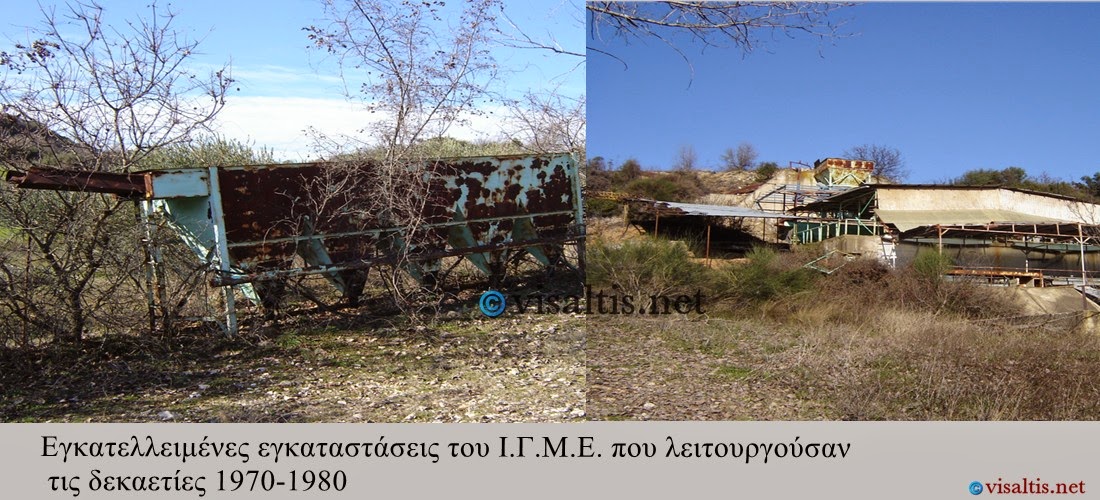
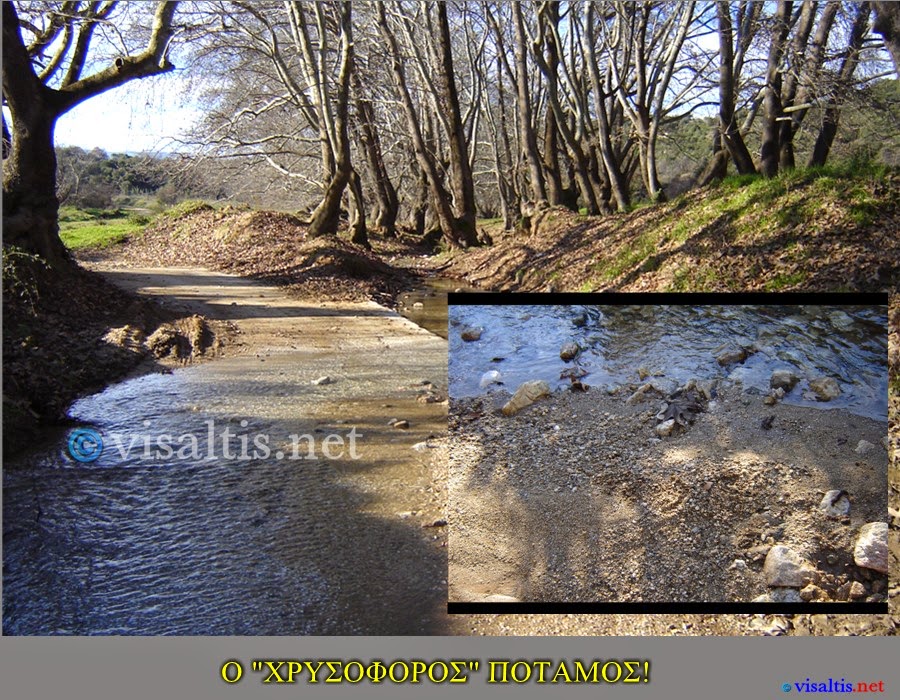




 Suicide of Phyllis, Bibliotheque nationale de France
Suicide of Phyllis, Bibliotheque nationale de France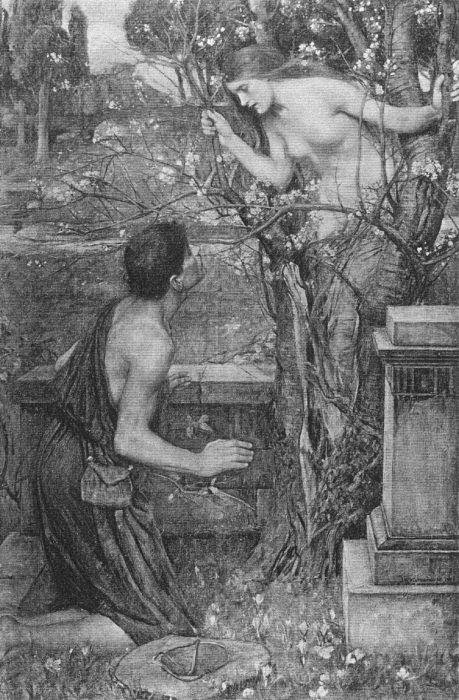
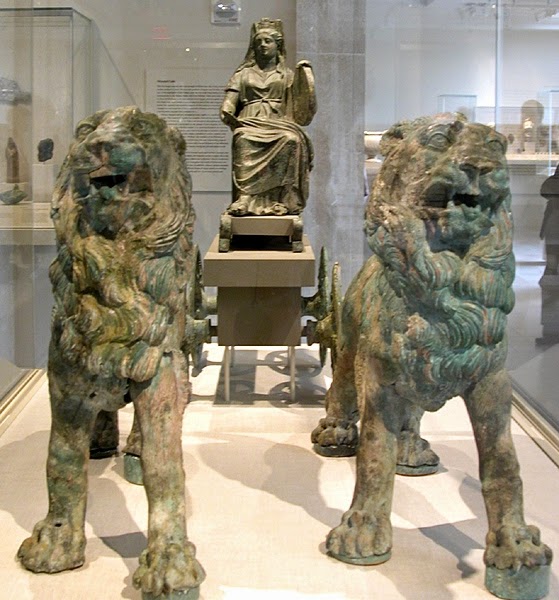 Cybele enthroned in chariot that draw two lions, the second half of the 2nd century BC., Metropolitan Museum of Art
Cybele enthroned in chariot that draw two lions, the second half of the 2nd century BC., Metropolitan Museum of Art



